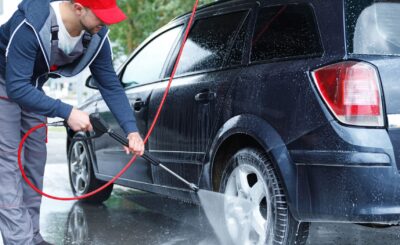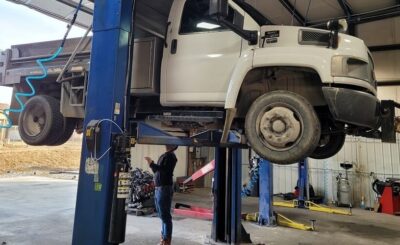In the aftermath of a vehicle collision, owners are often faced with a crucial decision: should they attempt a do-it-yourself (DIY) repair or opt for professional collision repair services? While the DIY approach might seem cost-effective and convenient, it is essential to understand the complexities involved in collision repair. This article delves into the pros and cons of DIY and professional collision repair, providing insights to help vehicle owners make an informed decision.
Understanding the Complexity of Collision Repair
Collision repair is not just about fixing cosmetic damage. It involves restoring the vehicle’s structural integrity, safety systems, and aesthetics. Modern vehicles are complex machines with advanced materials, electronics, and safety systems. Repairing them requires not only skill but also a deep understanding of these systems.
Risks and Limitations of DIY Collision Repair
- Safety Concerns: DIY repairs, especially on structural components, can compromise the vehicle’s safety. Incorrect repairs can affect the car’s ability to protect passengers in future accidents.
- Quality and Durability Issues: Without the proper tools and expertise, DIY repairs may not last, leading to further damage or deterioration over time.
- Impact on Vehicle Warranty and Resale Value: DIY repairs can void warranties and significantly reduce the resale value of the vehicle. Improper repairs can also lead to failed safety inspections.
Benefits of Professional Collision Repair
- Expertise and Experience: Professionals have the training and experience to handle complex repairs, ensuring that the vehicle is restored to its pre-accident condition.
- Advanced Equipment and Technology: Professional repair shops have access to the latest tools and technology required for precise and effective repairs.
- Warranty and Assurance: Professional repairs often come with warranties, providing peace of mind and assurance of quality work.
- Insurance Claims Assistance: Professional repair shops can assist with insurance claims, making the process smoother and ensuring that all damage is properly documented and compensated.
Case Examples: DIY Failures vs. Professional Successes
Case studies and real-life examples can illustrate the potential pitfalls of DIY repairs and the benefits of professional services. These examples can range from poorly executed bodywork leading to further damage, to successful professional repairs that restore vehicle functionality and appearance.
When DIY Might Be Appropriate
There are situations where DIY might be appropriate, such as minor cosmetic fixes like small dents or scratches. However, these situations are limited, and vehicle owners should be cautious and realistic about their skills and the limitations of DIY repairs.
The Cost-Benefit Analysis of DIY vs. Professional Repair
It’s important to consider the long-term costs and benefits. While DIY might save money upfront, it could lead to more expensive repairs down the line. Professional repairs, while more costly initially, can preserve the vehicle’s value and ensure safety.
Conclusion
The decision between DIY and professional collision repair should not be taken lightly. The risks involved with DIY repairs, particularly regarding safety and long-term durability, often outweigh the potential cost savings. Professional collision repair, on the other hand, offers expertise, proper equipment, warranty protection, and peace of mind. Vehicle owners should carefully consider these factors, ultimately prioritizing the safety and longevity of their vehicle over short-term savings.








